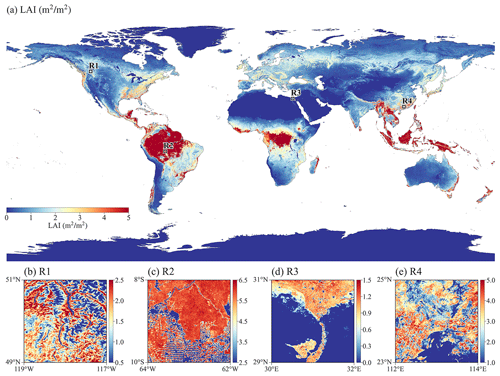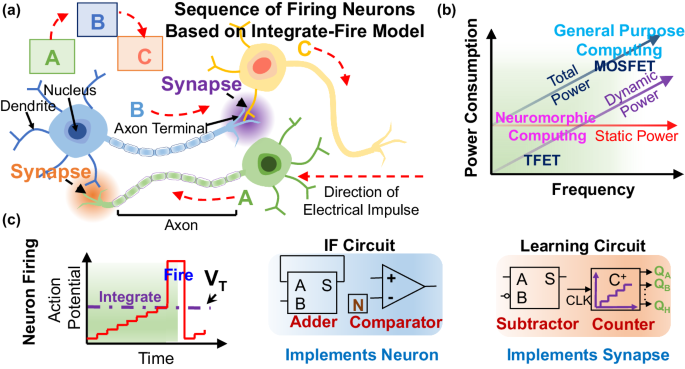2024-06-24 パシフィック・ノースウェスト国立研究所(PNNL)
<関連情報>
- https://www.pnnl.gov/publications/influence-peptoid-sequence-mechanisms-and-kinetics-2d-assembly
- https://pubs.acs.org/doi/10.1021/acsnano.3c10810
ペプトイドの配列が2次元集合の機構と速度論に及ぼす影響 Influence of Peptoid Sequence on the Mechanisms and Kinetics of 2D Assembly
Sakshi Yadav Schmid, Xiang Ma, Joshua A. Hammons, Sebastian T. Mergelsberg, Bradley S. Harris, Thomas Ferron, Wenchao Yang, Wenhao Zhou, Renyu Zheng, Shuai Zhang, Benjamin Adam Legg, Anthony Van Buuren, Marcel D. Baer, Chun-Long Chen, Jinhui Tao, and James J. De Yoreo
ACS Nano Published:January 12, 2024
DOI:https://doi.org/10.1021/acsnano.3c10810
Abstract

Two-dimensional (2D) materials have attracted intense interest due to their potential for applications in fields ranging from chemical sensing to catalysis, energy storage, and biomedicine. Recently, peptoids, a class of biomimetic sequence-defined polymers, have been found to self-assemble into 2D crystalline sheets that exhibit unusual properties, such as high chemical stability and the ability to self-repair. The structure of a peptoid is close to that of a peptide except that the side chains are appended to the amide nitrogen rather than the α carbon. In this study, we investigated the effect of peptoid sequence on the mechanism and kinetics of 2D assembly on mica surfaces using in situ AFM and time-resolved X-ray scattering. We explored three distinct peptoid sequences that are amphiphilic in nature with hydrophobic and hydrophilic blocks and are known to self-assemble into 2D sheets. The results show that their assembly on mica starts with deposition of aggregates that spread to establish 2D islands, which then grow by attachment of peptoids, either monomers or unresolvable small oligomers, following well-known laws of crystal step advancement. Extraction of the solubility and kinetic coefficient from the dependence of the growth rate on peptoid concentration reveals striking differences between the sequences. The sequence with the slowest growth rate in bulk and with the highest solubility shows almost no detachment; i.e., once a growth unit attaches to the island edge, there is almost no probability of detaching. Furthermore, a peptoid sequence with a hydrophobic tail conjugated to the final carboxyl residue in the hydrophilic block has enhanced hydrophobic interactions and exhibits rapid assembly both in the bulk and on mica. These assembly outcomes suggest that, while the π–π interactions between adjacent hydrophobic blocks play a major role in peptoid assembly, sequence details, particularly the location of charged groups, as well as interaction with the underlying substrate can significantly alter the thermodynamic stability and assembly kinetics.



